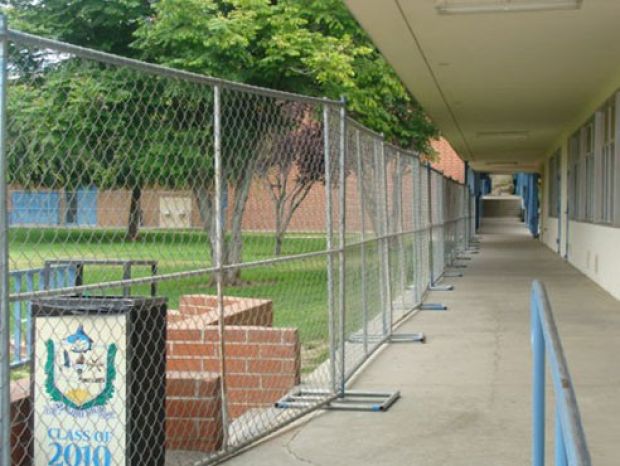
PCB levels in one sample taken from Malibu High School are 37 times the level required to trigger Environmental Protection Agency (EPA) involvement, according to test results released by the Santa Monica-Malibu Unified School District Tuesday evening.
Some rooms where samples were taken, like the library, are still being used by students and staff but the EPA has deemed the campus safe, Superintendent Sandra Lyon said.
Lyon announced last month that levels of PCB, a cancer causing contaminant, were “slightly above” EPA standards but the district did not release the results until Tuesday.
PCB levels for one of the 20 bulk samples of caulk and paint was found to be 1,870 parts per million. The requirement for EPA involvement is 50 parts per million. Three of the 20 bulk samples exceeded the EPA’s limit.
“They really are slightly above,” Lyon said. “It’s about context. There have been districts with samples of 90,000 parts per million, so clearly much greater. When you’re looking at a change in a million, it sounds like a lot but it’s not really as much as it sounds like.”
Concern over contaminants began in October when a group of teachers questioned the safety of the Malibu High School campus after it was discovered that three teachers had been diagnosed with thyroid cancer.
The locations of the samples that triggered EPA involvement were only partially identified in the report. At least two of the samples are not in Building E, which is currently closed.
Wipe samples, different from bulk samples, are collected by wiping interior and exterior window sills as well as interior floor tile. Four of 30 wipe samples were found to exceed EPA trigger levels. Those locations were identified in the report, with two being inside the shuttered Building E. A third triggering sample was found outside the library and a fourth was found inside Room 301, which is inside Building F, the music and drama building.
The specific levels of each room’s sample was not identified but one of the wipe samples was nearly five times the EPA trigger level, according to the district’s release. It is not clear if that sample is inside of Building E.
The locations of the three problematic bulk samples, including the one that exceeds the EPA limit by a factor of 37, were not identified in the report.
District officials are working to get that information online.
Some parents have criticized the district for waiting to release the results. Lyon said in a release that she was waiting for the results to be summarized.
“From now on, I will post all raw data as it becomes available,” she said. “As I believe anything short of this serves only to provoke doubt.”
This story originally appeared in the Santa Monica Daily Press.